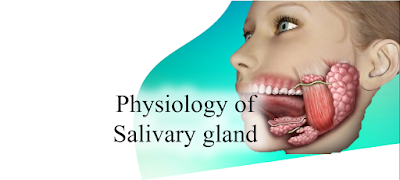Neoplasia

Neoplasm (Cancer) Neoplasm is new tissue growth that is unregulated, irreversible and monoclonal . Monoclonal means the cells are derived from a single mother cell. Similarly, the term 'hyperplasia' is definied as the cells are not derived from a single parent cell. Moreover hyperplasia may be pathological and some times physiological. Hyperplasia is reversible to a certain period. Hence Hyperplasia is not consider as cancer. Cancer is the 2nd leading cause of death. Most common caners which incidence in adults are breast/prostate cancer, lung cancer, and colorectal cancer (cancer in large intestine). Causes of neoplasm: Carcinogens are the substance which increase the DNA damage which develops to cancer. ...





